THE GREAT MULLARD MAGIC BLOG
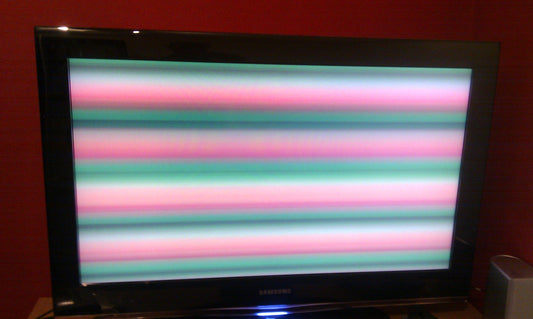
DEAD PIXELS RUINING MY SCREEN - THIS NEVER HAPP...
I had to laugh as I heard a member of the 'flat earth radio amateur society' chuffing on about dead pixels and the lamentable quality of modern OLED screens "Eeeeh, this...
DEAD PIXELS RUINING MY SCREEN - THIS NEVER HAPP...
I had to laugh as I heard a member of the 'flat earth radio amateur society' chuffing on about dead pixels and the lamentable quality of modern OLED screens "Eeeeh, this...
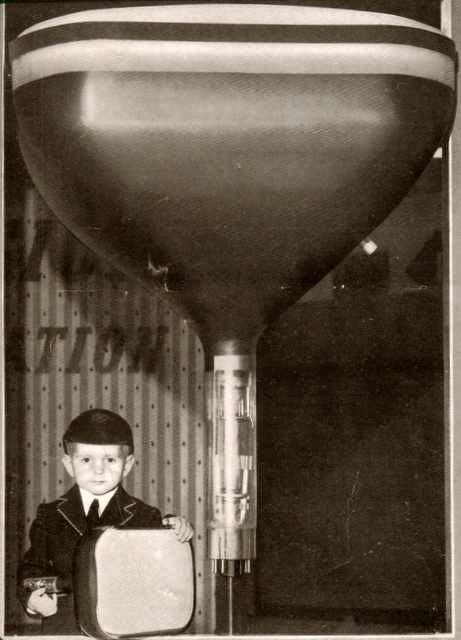
A PHOTO OF ME AS A BOY SHOWING MY CUTE LITTLE ONE
You know, this could be me, in my Rosebank school uniform, peaked cap, short trousers, sturdy satchel and a pair of Clarks shoes with a compass in the heel -...
A PHOTO OF ME AS A BOY SHOWING MY CUTE LITTLE ONE
You know, this could be me, in my Rosebank school uniform, peaked cap, short trousers, sturdy satchel and a pair of Clarks shoes with a compass in the heel -...
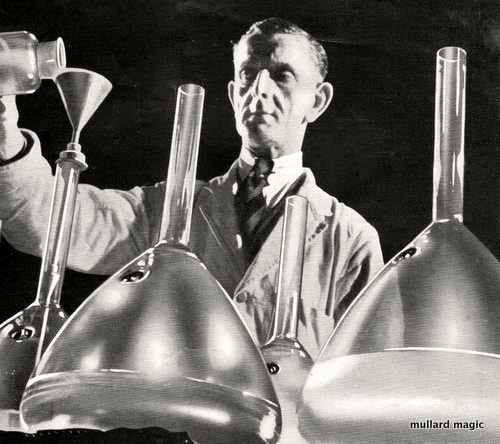
BLACK & WHITE TUBE PHOSPHOR APPLICATION (ii)
Just in case you thought Sebastian and his co-workers had to heft these long and wieldy tubes to remove the supernate, actually, no, they were placed on a rotating carrel...
BLACK & WHITE TUBE PHOSPHOR APPLICATION (ii)
Just in case you thought Sebastian and his co-workers had to heft these long and wieldy tubes to remove the supernate, actually, no, they were placed on a rotating carrel...
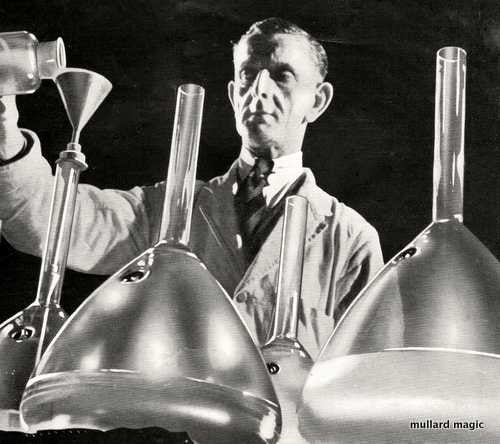
BLACK & WHITE TUBE PHOSPHOR APPLICATION
Here we have a nice photograph taken at Mullards in 1952 of Sebastian Firkle who is laying the luminescent screen in a Mullard picture tube. The screen phosphor was suspended...
BLACK & WHITE TUBE PHOSPHOR APPLICATION
Here we have a nice photograph taken at Mullards in 1952 of Sebastian Firkle who is laying the luminescent screen in a Mullard picture tube. The screen phosphor was suspended...
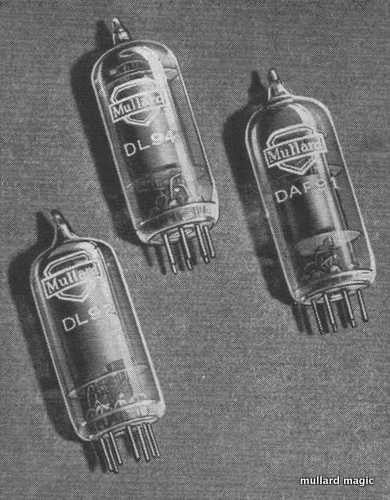
MULLARD BATTERY VALVES
Even though the National Grid came on stream in 1947, the public electricity supply in the UK was a real hotch - potch of AC/DC offered at differing voltages -...
MULLARD BATTERY VALVES
Even though the National Grid came on stream in 1947, the public electricity supply in the UK was a real hotch - potch of AC/DC offered at differing voltages -...

VALVE TYPES & MANUFACTURING TECHNIQUES (xxi) - ...
After passing the knock test, valves were passed to the main test bench and plugged into a test board where a specially designed eight position switch applied successively, appropriate voltages...
VALVE TYPES & MANUFACTURING TECHNIQUES (xxi) - ...
After passing the knock test, valves were passed to the main test bench and plugged into a test board where a specially designed eight position switch applied successively, appropriate voltages...
